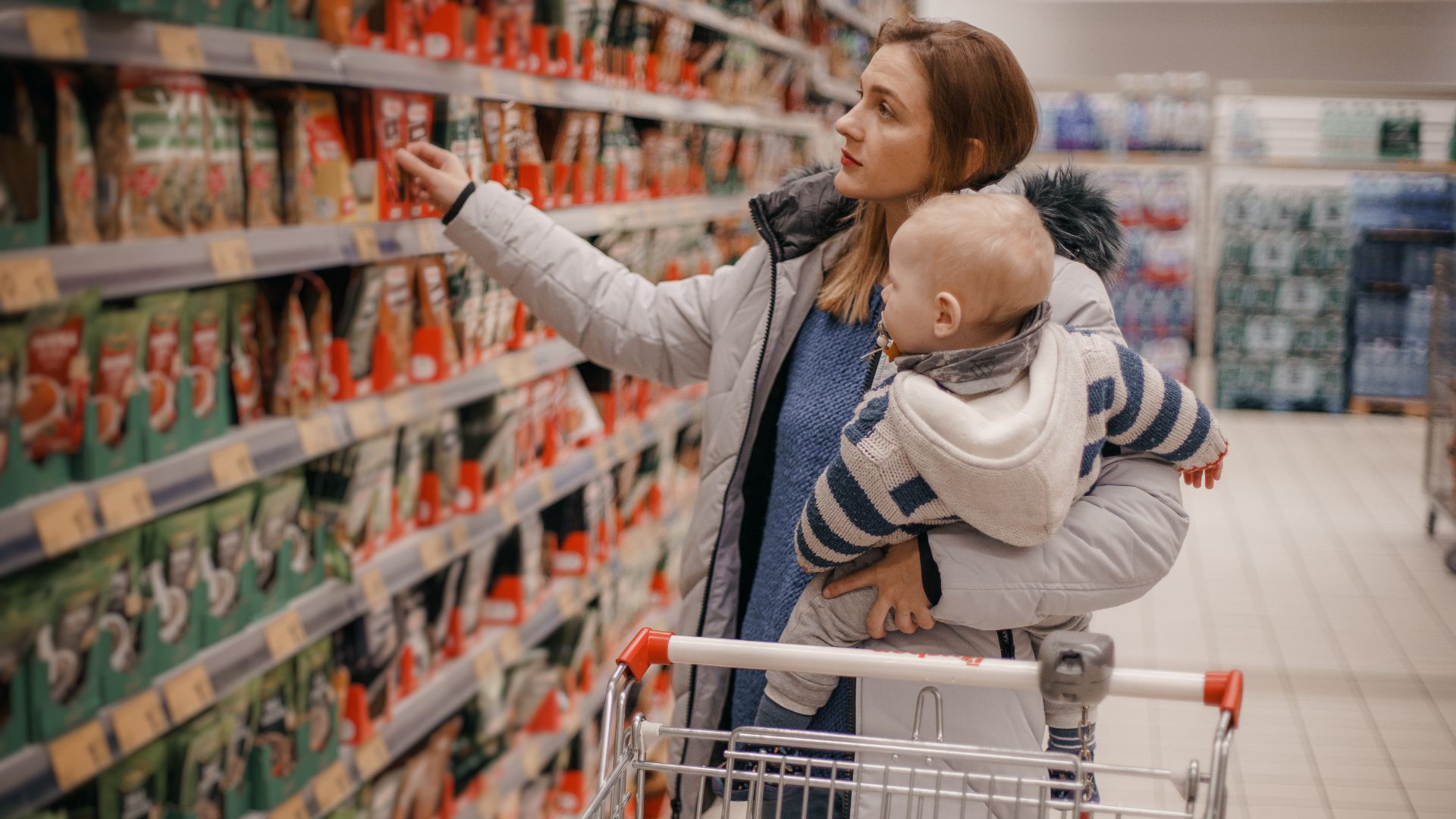By Steve Markenson, Director, Research & Insights, FMI
![]()
For almost 18 months, through the evolution of information about COVID-19 and the introduction of vaccines in the U.S., some Americans have been able to foresee a return to their definition of normalcy. The weeks leading up to Labor Day often mark a return to routine. This fall, offices where employees have been able to work from home have begun to schedule steps toward a return to office life. Many children will head back to in-person learning after making memories on summer vacations. Respecting Americans’ continued anxieties about staying safe and healthy, will these opportunities make it possible to imagine a light at the end of the tunnel and a return to a new – or next – normal? Grocery stores and other businesses could look forward to some degree of normalcy but also an imperative to plan for some rapid adjustments to align with this resumption of demand. FMI's latest U.S. Grocery Shopper Trends Tracker: Back to School/Back to Office reveals that as of early August 2021:
- More than half of Americans remain very or extremely concerned about COVID-19, with even more concerned about emerging variants.
- Despite some easing of overall concern for shopping at the grocery store, shoppers continue to recognize far more pandemic risk from in-store shopping than online shopping and far more risk from dining at restaurants than eating at home or outside.
- Food buying and consumption behaviors have retained their pandemic shifts. In fact, many Americans believe they have made permanent changes to how they obtain food.
- Half of Americans believe their grocery shopping behavior is already as normal or stable as it's going to be, with another one-third expecting normalcy no sooner than next year. That leaves only one-sixth expecting any new normal between now and the end of the year.
- Only parents with kids at home tend to expect a shift toward normal grocery shopping behavior this Fall. Around one-third expect school routines will normalize between September and the end of the year. Compared to Americans overall, parents are twice as likely to predict a return to stability in the coming months in terms of living, working and food shopping. Parents tend to accept back-to-school as a reality even if they are more often anxious than comfortable with sending an unvaccinated child to a classroom.
All told, this means that on top of all the other disruptions to American life, few Americans can see the light at the end of the tunnel any clearer in August than they did months ago. FMI will be conducting another U.S. Grocery Shopper Trends Tracker in October with the hope that as we look to the holiday season the light at the end of the tunnel may be closer.
Download Latest Tracker

 Industry Topics address your specific area of expertise with resources, reports, events and more.
Industry Topics address your specific area of expertise with resources, reports, events and more.
 Our Research covers consumer behavior and retail operation benchmarks so you can make informed business decisions.
Our Research covers consumer behavior and retail operation benchmarks so you can make informed business decisions.
 Events and Education including online and in-person help you advance your food retail career.
Events and Education including online and in-person help you advance your food retail career.
 Food Safety training, resources and guidance that help you create a company food safety culture.
Food Safety training, resources and guidance that help you create a company food safety culture.
 Government Affairs work — federal and state — on the latest food industry policy, regulatory and legislative issues.
Government Affairs work — federal and state — on the latest food industry policy, regulatory and legislative issues.
 Get Involved. From industry awards to newsletters and committees, these resources help you take advantage of your membership.
Get Involved. From industry awards to newsletters and committees, these resources help you take advantage of your membership.
 Best practices, guidance documents, infographics, signage and more for the food industry on the COVID-19 pandemic.
Best practices, guidance documents, infographics, signage and more for the food industry on the COVID-19 pandemic.
